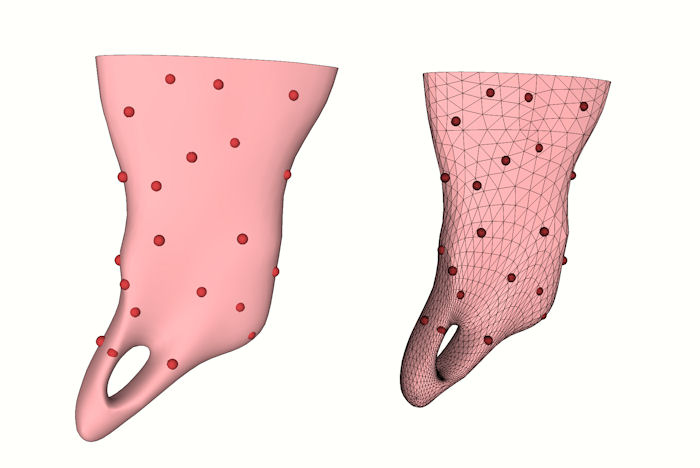Helps needed for creating organic shape
-
hi, thanks for reply.
is it possible not to use that tool? any alternative way?
-
Hmm, gonna be dificult to achieve without the SDS plugin.
very quick SDS try.

-
Hi,
Thanks for your quick reply. Really appreciate it.
I am pretty new to this plugin. I have watched the tutorials on Youtube but still not very sure how to use it.
I have to create a basic shape am I right? Can you teach me step by step?
I know it may take a lot of your time but I really need helps, thank you very much, thanks!
-
Sorry mate, I'm behind on a project at moment, however here is the model if you need it.
I do plan to release SDS tutorials in due course when the new version is released.
-
Hey,
Thanks! appreciate it. I just bought the SDS and will figure it out myself, hopefully. Haha. Anyway thanks! All the best for your project and looking forward your tutorials

-
Is this the Golgi apparatus or the rough endoplasmic reticulum?
-
Hi,
Yes. It is endoplasmic reticulum.
-
Ok, the illustrations I have viewed do not indicate whether the nucleus is completely shrouded by the endoplasmic reticulum. And the Golgi body seems just randomly placed. And those other organelles are the same way- just scattered. Do you happen to know why?
-
?
Organic modeling taken literally here it seems.

-
i am fascinated by biology. I realize this may not be the venue for such discussion.

-
hi,
ya. the endoplasmic reticulum (ER) is a one big sheet that wrap around nucleus, the structure is complex. the nucleus has double membrane and its outer membrane is continuous from ER, or you can say ER forms the outer layer of the nucleus. what you usually view from the textbook is just a small part, and usually cross section.
haha. ya it's not the right place to talk about biology but you can always look for relevant information in other forums if you are interested.
anyway i am trying to create a cell model using SU for my school project. seriously need some helps from those who are expert in SU. for example, i need to create double membrane for the nucleus. i am able to do that by first creating a bun shape (nucleus shape), using Section to build another smaller "bun" inside, which space around the inner membrane. every organelle that i am creating has to be enclosed, means no open edge.
now my problem is like what i mentioned above, the outer of nuclear membrane is continuous from ER. i need to somehow protude the ER from the nuclear membrane. i am using subdivision and smooth tool to do that and still looking for easier method as it takes me very long time to do that ( i am still not familiar with SU).
i was tried to first creat some ER sheets that connect it to the nucleus model before i use subdivision and smooth tool to close the edge. but the connection of ER to nucleus model doesnt seem well.

anyway, if you happen to use SU to create organic shape like cell, or cell components before, do you mind sharing your experiences here?
thanks a lot.
and i am wondering can i reverse the action of subdivision and smooth tool, meaning, after i smooth the model out, how to convert it back to its original shape, other than using undo button.
thanks!
-
Using SDS, which I do not have, you would want to save/copy your geometry at each step before doing a major transformation. I think it is: form a cuboidal proxy/primitive, save make a copy or group or component and move it out of the way, so that you can move to the next level of complexity. Perform the subdivision and or smoothing to some level, save this as a group or component, then proceed with another level of subdivision and or smoothing if necessary. I am not sure if the form shrinks smaller each time.
Whatever you do, you need to start with a fairly "large" form so that tiny triangles do not disappear.
I started with a 2d amorphous closed curve on the xy plane and pushpulled it up to a thickness of about 10% of its "diameter".
If you make a component of the form you can copy this and scale the copy independently say up 10%-15% maybe use TIG's Centroid plugin to locate the geometric center and move the two examples to this centroid to form the double walled figure. Otherwise, set up some reference lines for defining the centroids. The channels connecting the chambers are another matter to contend with.I know this-- if you are fairly new to the program, you have not yet developed expectations or predictions of the results of your modeling actions. In other words, it does take time to learn the idiosyncracies of Sketchup, let alone SDS.
Advertisement







